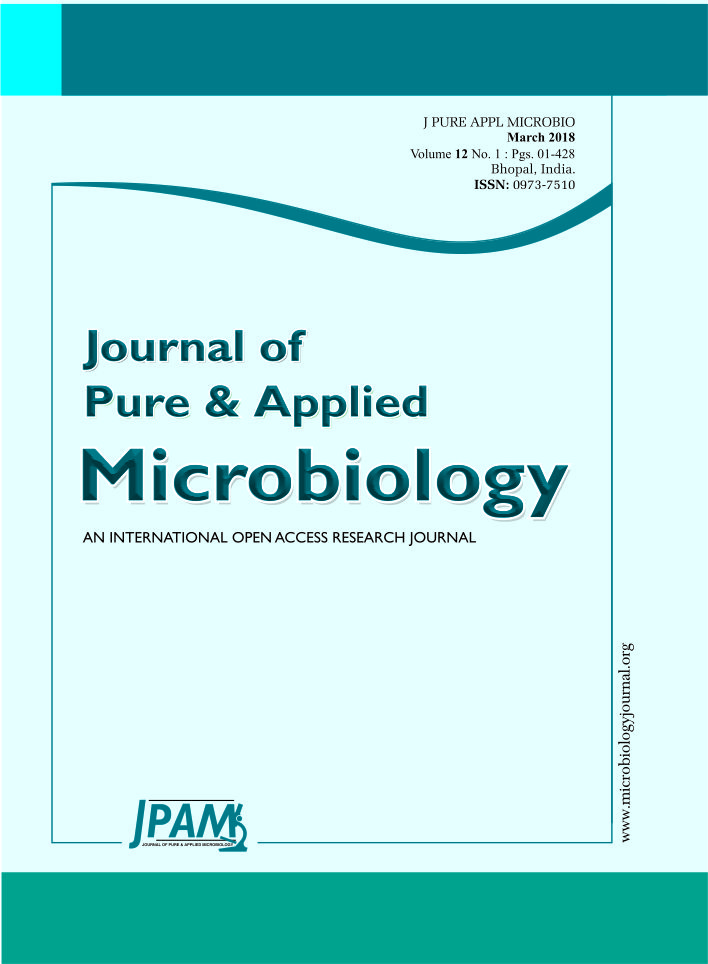The bacterium Bacillus thuringiensis widely used as bio-pesticide. The specific toxic activity to insects and another microbe(s) regarding the existing of crystals that have different morphologies, sizes, numbers and compositions, as Bt strains the crystals have more different proteins, which contain encoded Cry distinct genes. In this work we isolated 140 Bacillus thuringiensis isolates from 68 soil samples from 19 local areas in Punjab. Colonies examination was done by microscope for toxin production. Bacillus thuringiensis isolates showed a typical colony morphology, predominantly off white to creamish with irregular margins. Based on certain biochemical characterstics they were confirmed to be strains of Bacillus thuringiensis. Bt strains harboring crystalline inclusions that might have potential for use as bioinsecticidal agent was done under phase contrast microscope and Scanning electron microscope. Based on preliminary screening with phase contrast microscopy, its parasporal crystals have unsual shapes. Bt isolates were classified into bi-pyramidal crystals, pyramidal, cuboidal, amorphous and round crystal protein inclusions. After preliminary screening with phase contrast microscopy, Scanning electron microscopy confirmed the surface view of rod shaped bacterial cells found in chains and cluster arrangement. Bt isolated tended to have sub-terminal spores.
Bacillus thuringiensis, crystal, phase contrast, scanning electron microscopy.
© The Author(s) 2018. Open Access. This article is distributed under the terms of the Creative Commons Attribution 4.0 International License which permits unrestricted use, sharing, distribution, and reproduction in any medium, provided you give appropriate credit to the original author(s) and the source, provide a link to the Creative Commons license, and indicate if changes were made.


